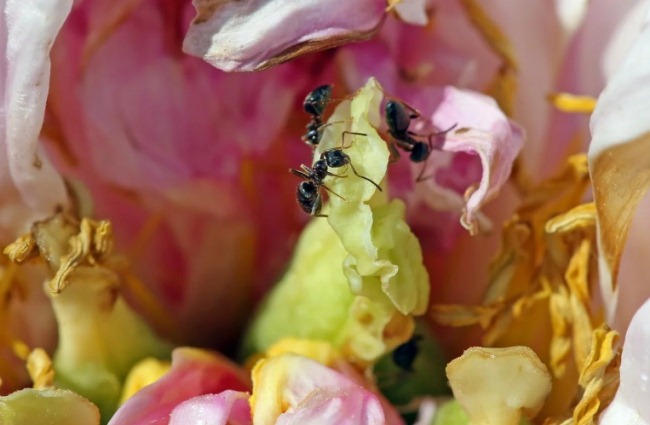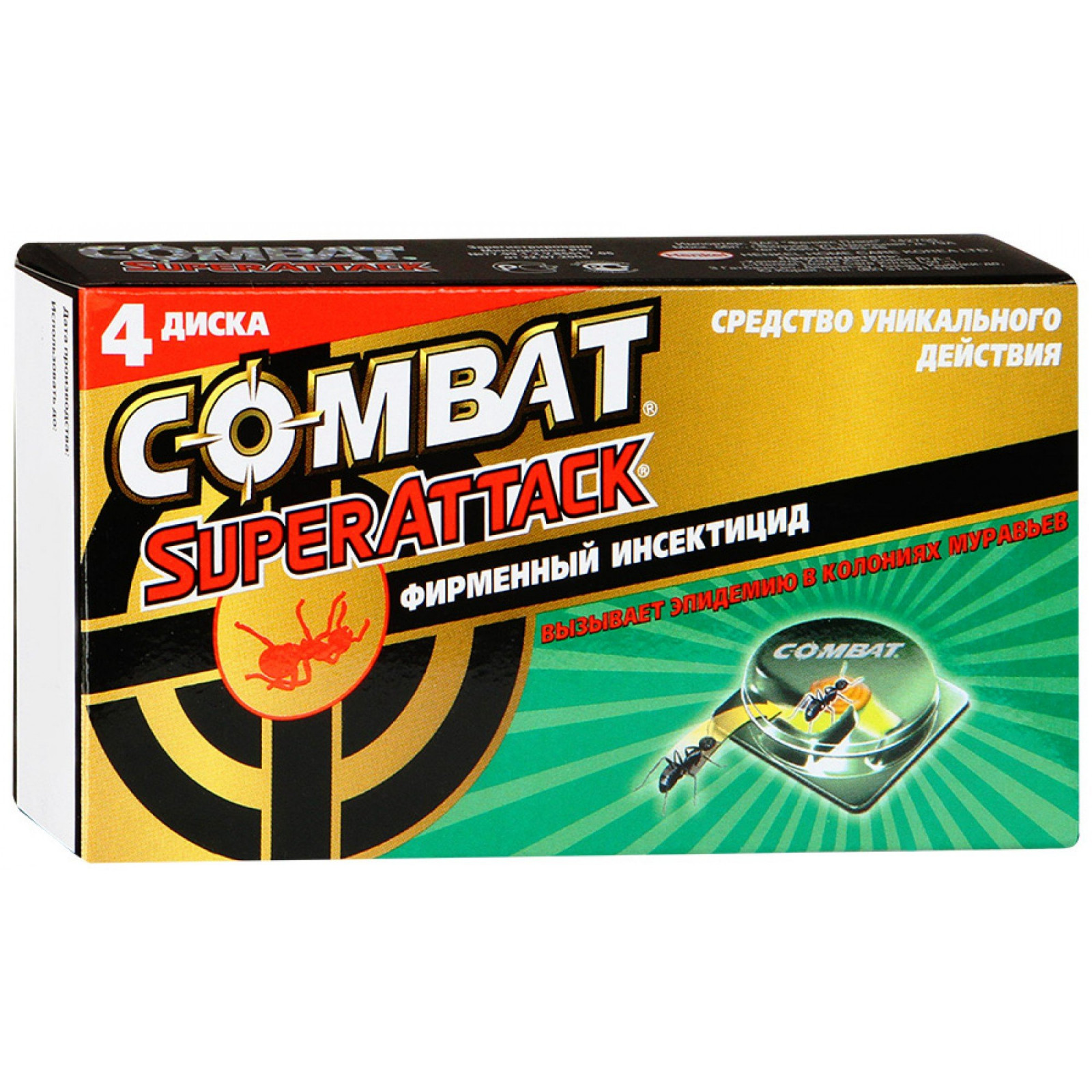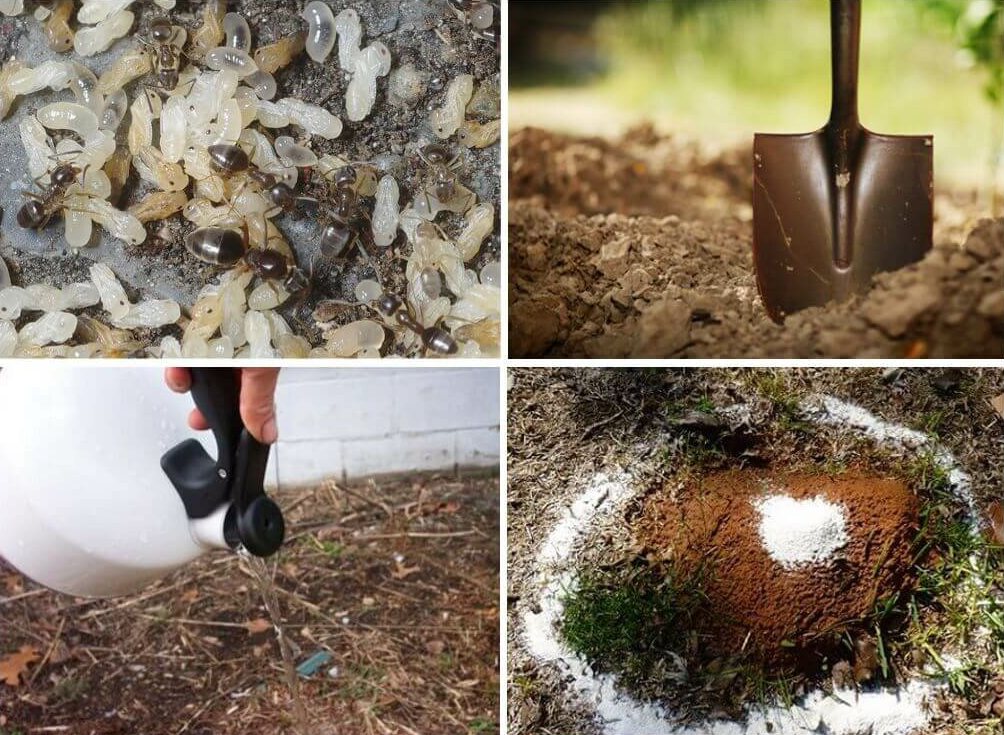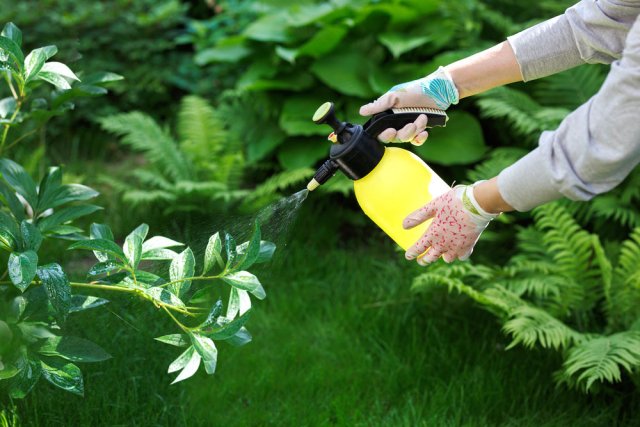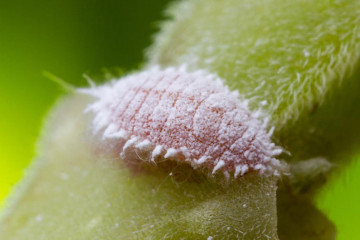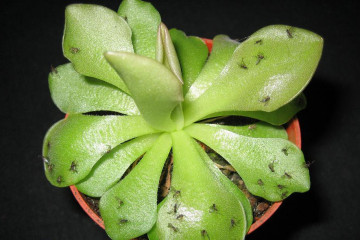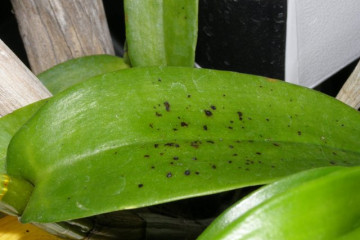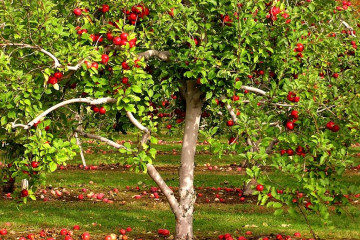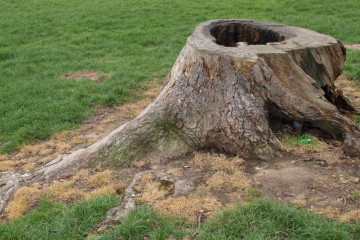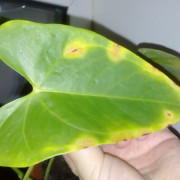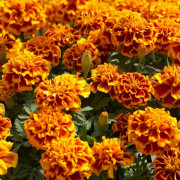Ants on peonies - how to get rid of folk and modern methods
Content:
Ants are insects that are found in every area, especially in flower beds. An excessive amount of them negatively affects the appearance of the peonies, leading to the drying of the buds that have appeared. Knowledge of effective ant control methods preserves the beauty of flowers.
Reasons for the appearance of ants
Ants on the buds of peonies appear only where favorable conditions are created for them. The presence of food and a sheltered place leads to active growth of the colony.
Varieties of insects
Not all types of ants are common on peonies. Garden culture is affected only by small insects. More often than others, garden and dark brown sod ants can be found on flowers. They are attracted by the sweet smell that the buds and nectar of flowers exude. Red forest species are less common.
Black and brown ants are small in size. Their body length is slightly more than 4 mm.
The attraction of peonies to ants
There are several reasons why ants love peonies:
- Food. Ants are attracted by the sweet smell of flowers. They feed on nectar that covers unblown buds.
- Shelter. Peonies reliably protect anthills from the scorching sun, wind and other weather phenomena.
- Aphid pasture. Ants live in symbiosis with aphids. Aphids develop well on young flower shoots. This provides insects with an additional food source.
The benefits and harms of insects
Not all gardeners believe that ants on peonies should be fought. Some argue that insects are good for flowers.
There are two main problems that arise from the appearance of ants:
- Damage to peony buds. Insects gnaw the sepals and leaves, which leads to their drying out.
- Spreading over the site. When the colony grows, ants spread throughout the entire site.
Despite the disadvantages, there are benefits from ants. They feed on sweet nectar, which forms a film on the bud. This makes it easy to dissolve.
Ants on peonies - how to get rid of insects
Measures must be taken after the first individuals are found. Gardeners identify several main ways to protect peonies from ants:
- the use of insecticides;
- the use of traps and scarers;
- the use of folk recipes;
- destruction of the anthill.
To rid the area of insects for a long time, several methods are used at once.
Chemicals
Ant control chemicals are designed to solve the problem quickly and effectively. They are produced in the form of granules, powder, gels, spray liquid.
The use of chemicals requires compliance with the rules:
- spraying is carried out only in calm and cloudy weather;
- to protect the respiratory system and skin, use personal protective equipment;
- insecticides are not used if there are small children and pets on the site.
The advantages of the method include high efficiency and speed. Of the shortcomings, short-term is noted.
Gardeners identify a number of the most effective anticancer chemicals:
- Muratsid. Differs in prolonged action. The effect lasts up to 12 weeks. The drug has a paralytic effect.
- Ant-eater. Concentrated preparation for preparation of working solution. The tool treats the anthill itself, as well as the soil around the peonies.
- Muravyin. Chemical preparation in the form of granules. It is scattered on the surface of the soil around the peonies. Leads to the death of individuals and the entire colony.
- Clean house. The drug is available in the form of a gel. Suitable for home use and for peonies outdoors.
- Thunder 2. The drug is available in the form of granules. One package is enough to process 10 sq. m. The tool acts by the contact-intestinal method.
To kill ants, gardeners spray plants with Karbofos, Intovir, Aktara. These drugs are used during budding.
Scarers and traps
Traps and repellents allow you to get rid of insects both on the site and at home. This method is completely safe for humans and animals. It is actively used in cases where the spraying of chemicals is impossible.
All traps are divided into several types:
- Adhesive. The base contains a tape with adhesive. An insect, falling into such a trap, sticks and dies. To attract more ants, a bait with a sweet smell and taste is placed inside. The most famous glue traps include Mashenka Glue Trap, Combat Glue Trap, BROS, Nadzor, ARGUS.
- With poison. Traps of this type contain poison, which has a lightning-fast effect on the nervous system of the ant. The insect dies on its own, and also infects relatives with whom it comes into contact. The most famous companies producing poisonous traps include Raptor, Combat.
- Electrical. It is assumed that insects are destroyed by a current discharge. Devices require connection to the power supply, therefore they are widespread at home.
- Ultrasonic. They scare away insects by means of an ultrasonic wave, inaccessible to the hearing of people and pets. The devices operate both from the mains supply and from batteries.
Folk recipes
Folk recipes for ant control are used as independent means, as well as in combination with other methods. Their main advantage is naturalness and safety for humans.
The most effective folk methods include:
- rubbing the stems with grated garlic;
- spraying bushes and soil with a garlic solution (1 medium head of garlic per 3 liters of water);
- soil treatment with wood ash;
- spraying with a solution of tobacco dust;
- spraying with a vinegar solution;
- spraying with a solution of boric acid with honey (for 1 liter of water, 3 tbsp. l. honey and 1 tbsp. l. acid);
- using bait with ammonia and yeast;
- spraying with wormwood infusion.
Destruction of the uterus in the anthill
Complete elimination of ants occurs after the destruction of the ant queen. This is due to the fact that insects live in large colonies. If you remove the uterus, then reproduction will stop, and the remaining individuals will leave their homes.
The destruction of an anthill takes place in several stages:
- Excavation. It is necessary to excavate the anthill. Its depth can reach 1 meter.
- Treatment.During excavation, the soil is treated with boiling water or a chemical.
- Digging with ash. A day after treatment, the soil is dug up with the addition of ash. Insects do not tolerate its content in the ground and leave such territories.
The method has two main advantages:
- ants completely leave the flower bed;
- the soil receives additional nutrition.
Prevention of the appearance of ants
Ants on peonies are a serious problem. To prevent their spread and appearance, preventive measures allow:
- Inspection of plants. Flowers are examined every 1-2 weeks. It is important to notice the appearance of the first insects or aphids in a timely manner.
- Soil cultivation. The soil around the peonies is dug up 1-2 times per season. When digging, ash is brought in.
- Planting repellent plants. In the immediate vicinity of peonies, it is recommended to make beds or flower beds with repellent plants. Beneficial neighbors are basil, mustard, cilantro, lavender, lemon balm, rosemary, garlic, mint. From decorative - marigolds, nasturtium, daisies.
- Plant processing. When the first insects appear, the plants and soil around the bushes are treated with chemical compounds, folk remedies containing ammonia, ash, garlic, and traps are also set.
- Removing anthills. If the anthill has managed to form, it is dug up and removed from the site. The bush and soil are treated with chemicals.
- Scheduled processing. In spring and autumn, the entire area is treated with insecticides.
Peonies are amazing flowers, but insect bites can ruin the whole experience. Carrying out preventive measures in conjunction with simple care allows you to solve the problem of the appearance of ants and achieve a long flowering culture every season.

